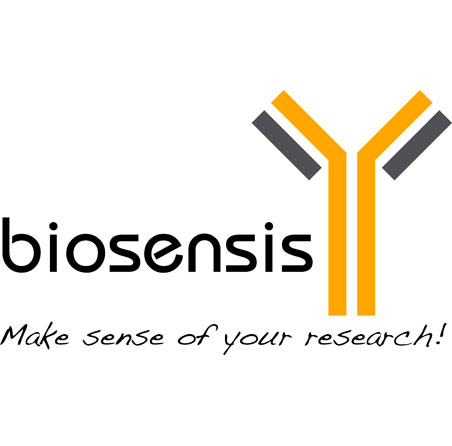Extracellular superoxide dismutase (EC-SOD), Rabbit Polyclonal Antibody
Only %1 left
Catalog Number
R-170
Discontinued
- Product Name Extracellular superoxide dismutase (EC-SOD), Rabbit Polyclonal Antibody
- Product Description Rabbit anti-Extracellular superoxide dismutase (EC-SOD) Polyclonal Antibody (Unconjugated), suitable for WB, IHC-Frozen, IHC-Paraffin-embedded, ICC.
- Alternative Names EC-SOD; SOD3
- Application(s) ICC, IHC-Frozen, IHC-Paraffin-embedded, WB
- Antibody Host Rabbit
- Antibody Type Polyclonal
- Specificity This antibody has been shown to be specific for extracellular superoxide dismutase protein. Human
- Species Reactivity Human
- Immunogen Description A synthetic peptide (WTGEDSAEPNSDSAEWIRD) corresponding to the amino acids 18-37 of human extracellular superoxide dismutase conjugated to diphtheria toxin has been used as the immunogen.
- Conjugate Unconjugated
- Purity Description Whole serum
- Regulatory Status For research use only.
Product Info
- Product Description Rabbit anti-Extracellular superoxide dismutase (EC-SOD) Polyclonal Antibody (Unconjugated), suitable for WB, IHC-Frozen, IHC-Paraffin-embedded, ICC.
- Application(s) ICC, IHC-Frozen, IHC-Paraffin-embedded, WB
- Application Details IHC, WB. This antibody works superbly in Immunohistochemistry on frozen or paraffin embedded tissues. Antigen retrieval has been used in testing but may not be necessary. Typical working dilutions for routine immunohistochemistry are 1: 100 to 1: 2000 depending on tissue and detection method. For western blotting a dilution range of 1: 1000 to 1: 4000 is recommended. This antibody stains prominently specific human airway (probably Clara cells) and alveolar type II cells and some tubular cells in the kidney. Other tissues have not yet been tested but the gene expression has also been reported in heart, pancreas and placenta. Biosensis recommends optimal dilutions/concentrations should be determined by the end user.
- Target Extracellular superoxide dismutase (EC-SOD)
- Specificity This antibody has been shown to be specific for extracellular superoxide dismutase protein. Human
- Target Host Species Human
- Species Reactivity Human
- Antibody Host Rabbit
- Antibody Type Polyclonal
- Antibody Isotype Mixed
- Conjugate Unconjugated
- Immunogen Description A synthetic peptide (WTGEDSAEPNSDSAEWIRD) corresponding to the amino acids 18-37 of human extracellular superoxide dismutase conjugated to diphtheria toxin has been used as the immunogen.
- Purity Description Whole serum
- Format Lyophilized
- Reconstitution Instructions Spin vial briefly before opening. Reconstitute in 100 µL sterile-filtered, ultrapure water. Centrifuge to remove any insoluble material.
- Storage Instructions After reconstitution keep aliquots at -20°C for a higher stability, and at 2-8°C with an appropriate antibacterial agent. Avoid repetitive freeze/thaw cycles.
- Batch Number Please see item label.
- Expiration Date 12 months after date of receipt (unopened vial).
- Alternative Names EC-SOD; SOD3
- Uniprot Number P08294
- Uniprot Number/Name P08294 (SODE_HUMAN)
- Scientific Background SOD3 is a member of the superoxide dismutase protein family. SODs are antioxidant enzymes that catalyse the dismutation of two superoxide radicals into hydrogen peroxide and oxygen. SOD3 is thought to protect the brain, lungs and other tissues from oxidative stress. It is secreted into the extracellular space and forms a glycosylated homotetramer that is anchored to the extracellular matrix and cell surfaces through an interaction with heparan sulfate proteoglycan and collagen. A small percentage of SOD3 is cleaved near the C-terminus before secretion to generate circulating tetramers that do not interact with the extracellular matrix.
- Shipping Temperature 25°C (ambient)
- UNSPSC CODE 41116161
- Regulatory Status For research use only.
Specifications
-
General References
Hjalmarsson K, et al. Proc. Natl. Acad. Sci. U.S.A. 84:6340-6344(1987).
Folz R.J, et al. Genomics 22:162-171(1994).

 1800 605-5127
1800 605-5127 +61 (0)8 8352 7711
+61 (0)8 8352 7711
